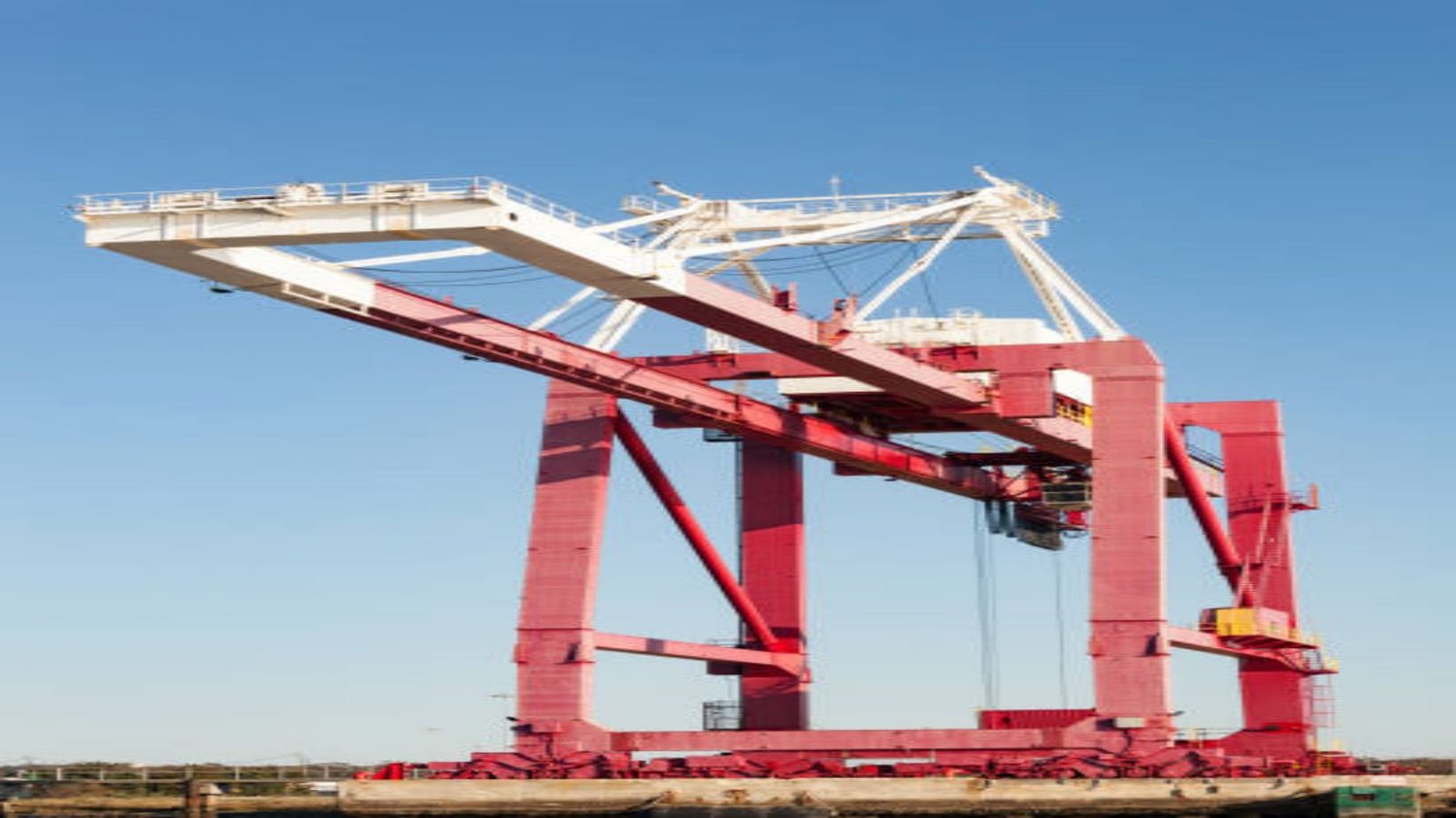The Benefits of Double Girder Gantry Cranes
Double girder gantry cranes are a popular choice for various industries due to their numerous benefits. These cranes are designed with two girders, which provide increased stability and lifting capacity compared to single girder options. The higher lifting capacity is especially beneficial for heavy-duty applications where larger loads need to be lifted and moved. Additionally, double girder gantry cranes offer a wider span, allowing for greater flexibility in terms of positioning and maneuverability.
The Advantages of Single Girder Gantry Cranes
While double girder gantry cranes have their advantages, single girder options also bring unique benefits to the table. Single girder gantry cranes are more cost-effective and easier to install compared to their double girder counterparts. They require less material, making them lighter and more affordable. Single girder cranes are also more suitable for lighter loads and applications that don't require a high lifting capacity. Their compact design allows for greater efficiency in smaller workspaces.
Comparing Load Capacity
One of the key differences between double girder and single girder gantry cranes is their load capacity. Double girder cranes have a significantly higher load capacity, making them ideal for heavy-duty lifting operations. They can handle larger loads and offer greater stability due to the presence of two girders. On the other hand, single girder cranes are more suitable for lighter loads and applications where heavy lifting is not required.
Span and Flexibility
The span and flexibility of a gantry crane play a crucial role in determining its usability in different environments. Double girder gantry cranes have a wider span compared to single girder options, allowing for greater flexibility in terms of positioning and maneuverability. This makes them a preferred choice for applications that require movement across a wide area. Single girder cranes, on the other hand, have a more compact design and are better suited for smaller workspaces where a wide span is not necessary.
Cost and Installation Considerations
When comparing double girder and single girder gantry cranes, cost and installation considerations are important factors. Double girder cranes require more material and have a more complex design, making them costlier to manufacture and install. On the other hand, single girder cranes are more cost-effective and easier to install due to their simpler design and lighter weight. These factors make single girder gantry cranes a preferred choice for applications with budget constraints or limited installation resources.
Efficiency and Productivity
Efficiency and productivity are vital aspects to consider when choosing between double girder and single girder gantry cranes. Double girder cranes excel in heavy-duty applications where larger loads need to be lifted and moved. Their higher lifting capacity and stability contribute to increased productivity. Single girder cranes, on the other hand, are more efficient in smaller workspaces and lighter load applications. Their compact design allows for quicker and more precise movements, enhancing overall efficiency.
Maintenance and Durability
Both double girder and single girder gantry cranes require regular maintenance to ensure optimal performance and durability. However, the maintenance requirements may vary between the two options. Double girder cranes, with their more complex design, may require more frequent inspections and maintenance checks. Single girder cranes, with their simpler design, may have fewer components to maintain. It is essential to consider the maintenance needs and costs when choosing the most suitable gantry crane for your specific application.
Safety Considerations
Safety is a top priority in any working environment, and gantry cranes play a crucial role in ensuring a safe lifting operation. Both double girder and single girder gantry cranes can be equipped with safety features such as overload protection systems, emergency stop buttons, and anti-collision devices. However, due to their higher stability and load capacity, double girder cranes may offer an added layer of safety in heavy-duty applications. It is essential to assess the safety requirements of your specific application and choose a gantry crane that meets those requirements.
Application-specific Considerations
When Comparing Double Girder Gantry Cranes with Single Girder Options, it is crucial to consider the specific requirements of your application. Each type of crane has its own strengths and limitations, and understanding your application's needs will help you make an informed decision. Factors such as load capacity, workspace limitations, budget constraints, and safety requirements should all be taken into account. Consulting with a reputable supplier or crane expert can provide valuable insights and guidance in selecting the most suitable gantry crane for your application.
Conclusion
Comparing double girder gantry cranes with single girder options involves considering various factors such as load capacity, span, cost, efficiency, maintenance, safety, and application-specific requirements. Double girder cranes offer higher lifting capacity and stability, making them ideal for heavy-duty applications. Single girder cranes are more cost-effective and better suited for lighter loads and smaller workspaces. Ultimately, the choice between the two options depends on the specific needs of your application. By carefully evaluating these factors, you can select the most suitable gantry crane that ensures optimal performance and productivity.

